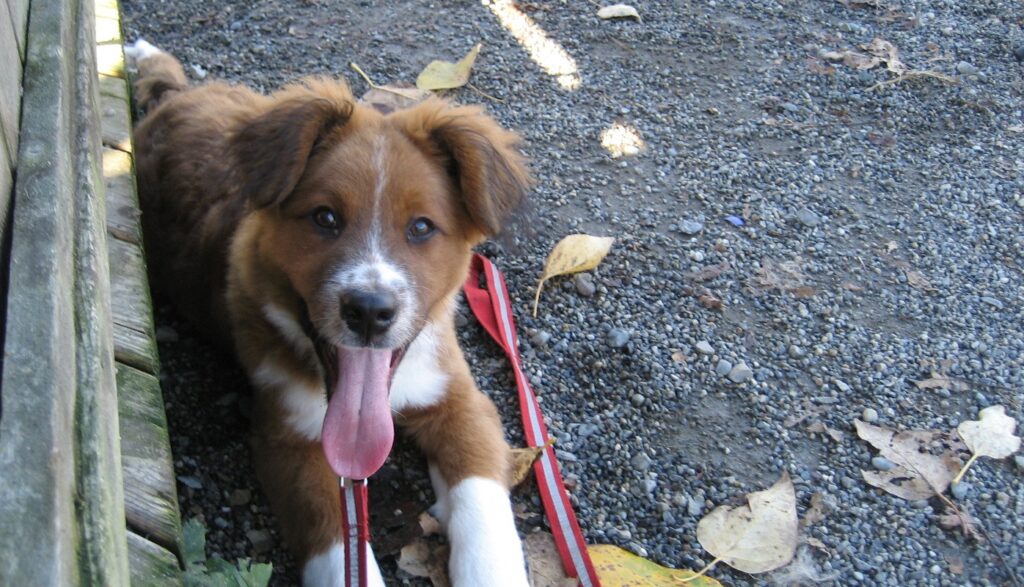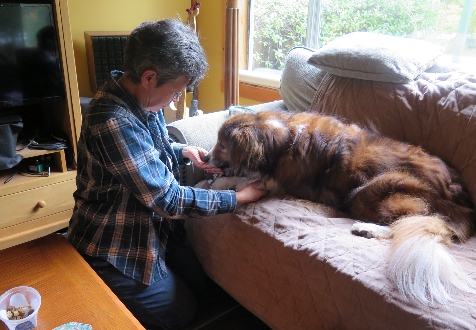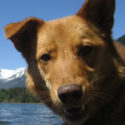Kind Corner: Overcoming Your Biggest Dog Training Challenge: Nail Trimming!

Nail trimming might be challenging for many pet guardians. Fear not! AnimalKind-accredited trainer Heather Fox of Proud of My Dog shares how to develop a stress-free nail trimming experience with your dog.
Let’s get reading!
Overcoming your biggest dog training challenge
I’m sure that each one of you might have identified your biggest training challenge as recall, loose leash walking, or simply getting your dog to pay attention to you.
However, based on what I hear from my dog training clients, my proposal for top of the list is nail trimming!
I’ve heard many variations of:
- I’m afraid of cutting the quick
- My dog runs away when I bring out the nail clippers
- I’ve cut the quick, my dog yelped and now won’t let me near her paws
- My dog’s anxiety is so high, someone must pin her down
But what if I tell you it is possible to use training to develop a stress-free nail trimming experience with your dog?
Marley’s story
Marley came into my life 14 years ago from the BC SPCA at 4 months of age.

The only condition I placed on my husband regarding Marley’s adoption was that nail trims would be his responsibility. There was no way that I was going to do that job!
Fast forward several years, and I became a newly certified dog trainer and decided that to be a well-rounded trainer, I needed to overcome my fears and learn how to trim Marley’s nails.
After watching a few how-to videos, I got started. Hold paw, take a snip, feed a yummy treat repeat. Your dog will learn to love the process! Unfortunately, Marley didn’t watch the same videos. After months of effort, Marley would still pull his paws away and at best, all I could do was take one tiny snip of one nail. I was missing something.
That ‘something’ turned out to be two things.
- Marley didn’t like his paws being handled.
- I wasn’t listening when Marley told me he was uncomfortable.
Paws are sensitive
Did you know that your dog’s paws are likely to have a greater density of touch receptors than any other area of their body? The high density of touch receptors helps your dog remain balanced, upright, and keep their footing whether they are standing or moving.
The downsides to the higher concentration of touch receptors are:
- Increased sensitivity and ticklishness. Sensitivity will vary among dogs which is why some dogs are okay with their paws being handled and others find it highly uncomfortable.
- Pain and discomfort around the paws and nails are likely more intense than you would expect.
Being aware of the presence of touch receptors will help you feel empathy toward your dog when your training progress seems slow.
How dog’s show discomfort
Discomfort can be subtle. If you touch your dog’s leg or paw and you feel the muscle tense or twitch, your dog moves their paw away from your hand, mouths at your hand, or tucks their paw under, or your dog gets up and walks away, you are moving too fast.
Let’s get you started: Guide to trimming your dog’s nails
How fast or slow this process will take is going to depend on how sensitive your dog’s paws are, past experience with nail trims, and/or the age you are starting.
Position your dog on a raised surface as this position will be easier for you.
With your yummy treats available,
- Put 5 treats in your hand
- Start at a neutral position such as your dog’s shoulder
- Feed four treats one at a time
- Feed last treat, remove hand – hand goes away, food goes away
If your dog shows no sign of discomfort, move your hand down to the top of the leg and repeat the process.
- Once your dog is comfortable with the new hand position (and you may need to spend multiple short sessions with your hand in this position), move your hand down to your dog’s elbow.
- Do no more than 3 sets of 5 repetitions and take a break. Short sessions multiple times a day will give you faster progress than will one long training session.
- Continue moving your hand down your dog’s leg until you can rest your hand on your dog’s paw.
- Repeat the exercise on all four legs.
If you see any signs of discomfort, go back to a place on the leg where your dog was comfortable and stay there for a few more sets before advancing. No reaction is the best response!
Slow and steady progress that builds a positive emotional response to paw handling will give you a dog who, at minimum, will tolerate having their paws handled and, at best, may become one of those dogs who think that paw handling is the BEST THING EVER!

If you would like to have a stress free nail trim experience with your dog, I have created a free mini-course with videos, resources and a step-by-step handout that will guide you through the entire nail trimming process. Check out my website to register.
You’ve got this!
